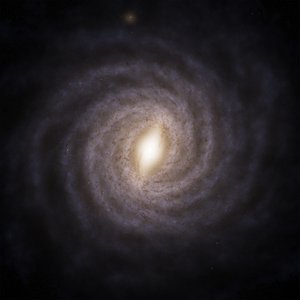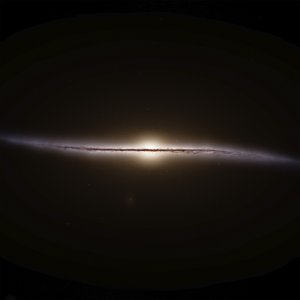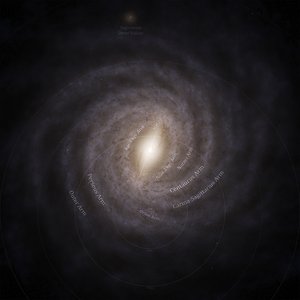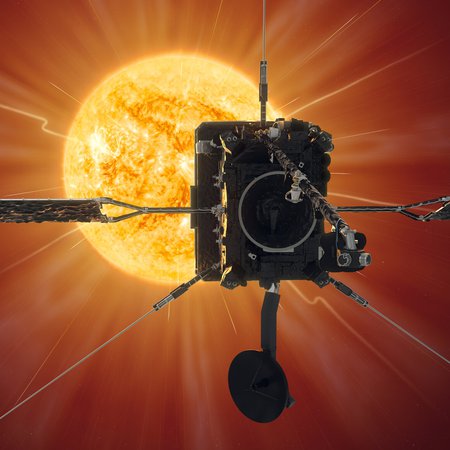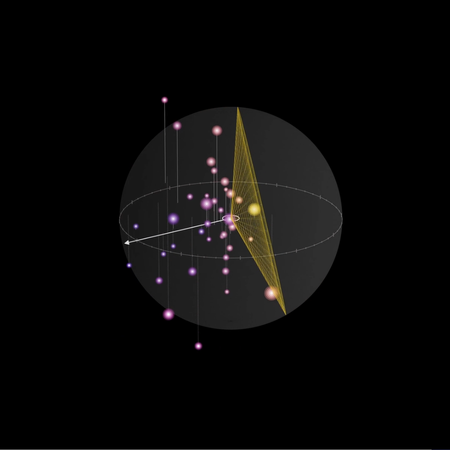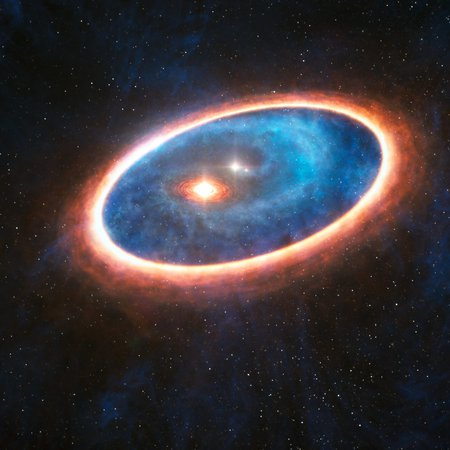Last starlight for ground-breaking Gaia
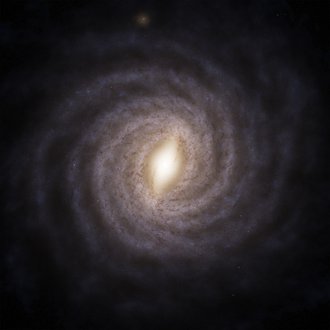
New artist impression of our galaxy, the Milky Way, based on data from ESA’s Gaia space telescope.
Credit: ESA/Gaia/DPAC, Stefan Payne-Wardenaar CC BY-SA 3.0 IGO or ESA standard LicenseThe European Space Agency’s Milky Way-mapper Gaia has completed the sky-scanning phase of its mission, racking up more than three trillion observations of about two billion stars and other objects over the last decade to revolutionise the view of our home galaxy and cosmic neighbourhood.
More than ten years after the mission was launched on 19 December 2013. Gaia’s fuel tank is now approaching empty – it uses about a dozen grams of cold gas per day to keep it spinning with pinpoint precision. But this is far from the end of the mission. Technology tests are scheduled for the weeks ahead before Gaia is moved to its ‘retirement’ orbit, and two massive data releases are tabled for around 2026 and the end of this decade, respectively.
“The treasure trove of data collected by Gaia has given us unique insights into the origin and evolution of our Milky Way galaxy, and has also transformed astrophysics and Solar System science in ways that we are yet to fully appreciate. Gaia built on unique European excellence in astrometry and will leave a long-lasting legacy for future generations," says ESA Director of Science Carole Mundell.
“I am thrilled with the performance of this incredible mission, and excited about the discoveries that await us,” adds Gaia Project Scientist Johannes Sahlmann.
“Even though the Gaia mission's fuel tanks are now running low, we will still be able to look forward to major milestones such as the upcoming Gaia Data Release 4 (DR4) in the coming years. Now that the data acquisition has been completed, the final analysis can begin,” explains Katja Weingrill from the Leibniz Institute for Astrophysics Potsdam (AIP).
Gaia has mapped the positions, distances, movements and compositions of stars as well as many other features. This has resulted in the most accurate map of the Milky Way, which also provides a model of what our galaxy might look like from the outside. These maps have significantly changed our view of the Milky Way, in particular the rotation of the galactic bar, the structure of the spiral arms and the interstellar dust near the sun. Although improvements have been made, the visualisations of distant regions are still based on incomplete data that will be refined with future publications. Gaia is a discovery machine. Its data have uncovered ‘ghosts’ of galaxies, stellar streams, evidence of collisions with the dwarf galaxy Sagittarius and many other phenomena. Objects such as asteroids, galaxies and quasars have also been mapped. The orbits of over 150,000 asteroids were determined and the high-precision measurements identified possible moons.
Gaia has also discovered a new breed of black hole, including one with a mass of nearly 33 times the mass of the Sun, hiding in the constellation Aquila, less than 2000 light-years from Earth – the first time a black hole of stellar origin this big has been spotted within the Milky Way.
Preparations for the next major data release, Gaia Data Release 4 (DR4), is running. It is expected in 2026. The amount and quality of data improves with each release, and Gaia DR4, with an expected 550 TB of data products, is no exception. This data release will cover the observational data from the first 5.5 years of the mission, which is its originally planned total duration.
DR4 opens the door to new discoveries, such as exoplanets, and will expand the largest catalogue of binary star systems. The last specific observation of Gaia on 10 January concerned the well-known double star pair 61 Cygni. These stars already attracted the attention of astronomers in the 19th century.
With the future Gaia Data Release 5 (DR5) at the end of the decade, which will include the entire 10.5 years of mission data, the discovery of new exoplanets will also be possible, as the longer observation period will make it much easier to identify ‘’tumbling‘’ stars, which are easily set in motion by orbiting planets.
After the final data collection, a short phase of technology tests begins to improve future space missions. In March 2025, Gaia will be placed in a heliocentric orbit and finally switched off to avoid interference. During this phase, the probe will appear brighter and can be observed by amateur astronomers.
“Gaia will treat us with this final gift as we bid farewell, shining among the stars ahead of its well-earned retirement,” concludes Uwe Lammers, Gaia Mission Manager.
Further information
Further information on the technology testing is available here: https://www.cosmos.esa.int/web/gaia/end-of-observations
Further information on observing Gaia between late January and early February is available here: https://www.cosmos.esa.int/web/gaia/observe-gaia
Gaia data is freely available via ESA’s Gaia archive:
https://gea.esac.esa.int/archive/
More information on Gaia’s upcoming data releases can be found here:
https://www.cosmos.esa.int/web/gaia/release
Images
New artist impression of our galaxy, the Milky Way, based on data from ESA’s Gaia space telescope.
Big screen size [1000 x 1000, 100 KB]
Original size [3000 x 3000, 1.8 MB]
Artist impression – Side view of our Milky Way based on data from ESA’s Gaia space telescope.
Big screen size [1000 x 1000, 30 KB]
Original size [3000 x 3000, 540 KB]
New artist impression of our galaxy, the Milky Way with lables, based on data from ESA’s Gaia space telescope.
Big screen size [1000 x 1000, 90 KB]
Original size [3000 x 3000, 1.7 MB]
